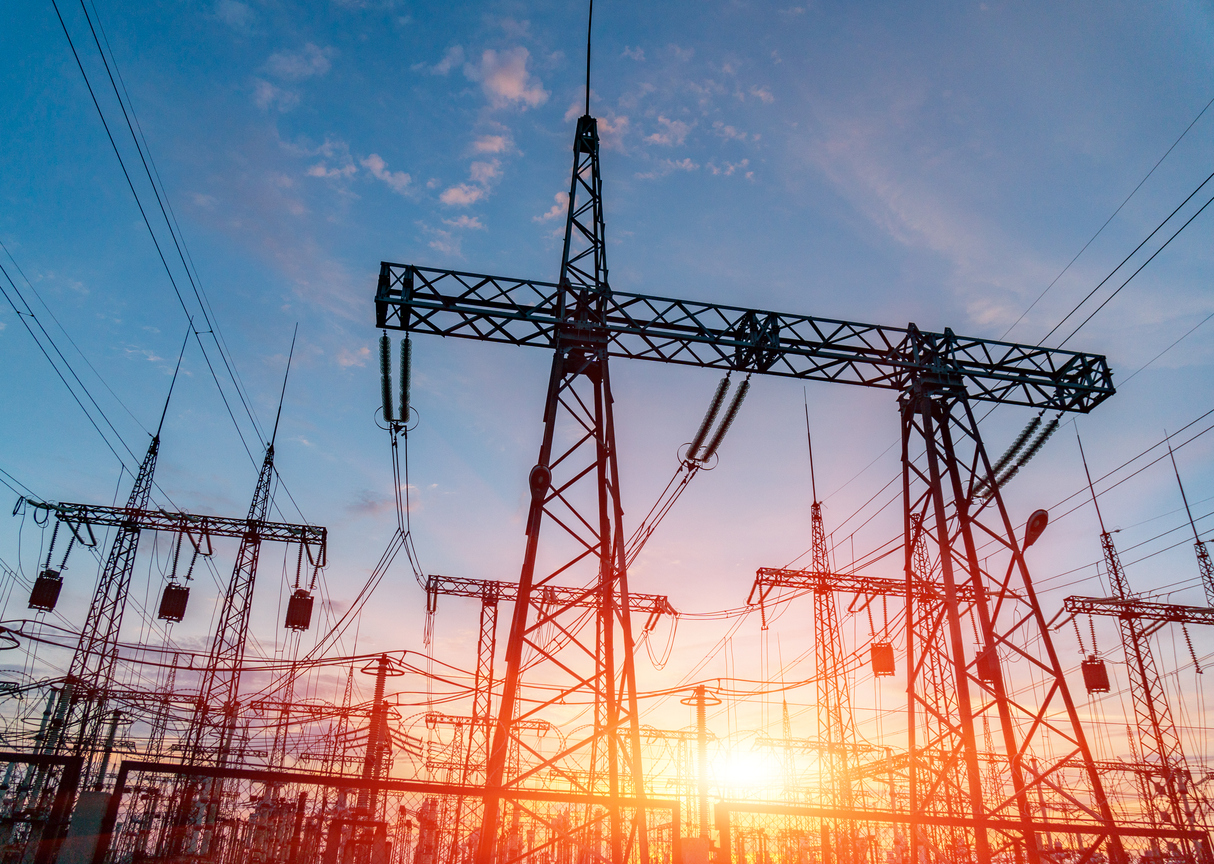Initial assessments show that much of Florida's grid, particularly the transmission system, fared relatively well during the storm, thanks in part to major investments made in recent years. However, storm surge and winds of up to 150 miles per hour wreaked havoc on distribution networks that deliver power to homes and businesses.
Utilities have stated that power restoration may take weeks in some areas, particularly on several small islands off the southwestern coast where the storm made landfall. Winds brought down distribution wires and the poles that supported them, while saltwater and debris contaminated and damaged some equipment.
Florida's large investor-owned utilities have stated that their systems performed better than expected in many areas, thanks in part to billions of dollars spent strengthening transmission lines that carry power over long distances and improving or burying distribution lines. Legislation signed in 2019 required the companies to submit 10-year storm protection plans and made burying the lines easier.
The costs of the upgrades have recently come under scrutiny due to historic inflation and a sharp increase in natural-gas prices, making it more expensive for utilities to procure or purchase power. The Florida Public Service Commission is now debating whether some of the proposed spending is justified.
Utility executives maintain that the upgrades were necessary and that they improved the system's reliability during catastrophic storms. TECO Energy, an Emera Inc. subsidiary, determined that its Tampa system performed reasonably well during the storm.
TECO Chief Executive Archie Collins said restoring power would take days rather than weeks because the storm appears to have spared the power poles and transformers that remain above ground. The majority of the system is underground.
Mr. Collins stated, "It's becoming abundantly clear to us that we're not dealing with a lot of infrastructure damage." "Now it's just a matter of clearing the debris, branches, and trees that have fallen."
Following extensive overhauls of its transmission and distribution systems, Florida Power & Light, a subsidiary of NextEra Energy Inc., determined that its system performed better than it might have otherwise. Every year, the company invests approximately $7 billion in capital improvements.
After replacing the majority of wooden structures with concrete or steel structures, the company claims it did not lose a single transmission structure during Ian, a powerful Category 4 storm. The process began following Hurricane Wilma, a Category 3 storm in 2005 that destroyed 100 transmission structures, and is now nearly complete.
"That makes a big difference because we're not rebuilding transmission," said Eric Silagy, CEO of Florida Power & Light. "That is the spine. You don't have anything if you don't have that."
In addition, the company has been working to strengthen or bury its main distribution lines, with approximately 40% of the system now underground. Underground wires performed five to nine times better than overhead wires during the storm, according to Mr. Silagy.
Though the hardened infrastructure fared well overall, areas directly hit by the storm were not spared damage. Some parts of Florida Power & Light's system, including Fort Myers Beach, will need to be completely rebuilt. The company expects to have restored power to the majority of customers in the hardest-hit counties by October 9.
"It's just a reminder of Mother Nature's power, and it's humbling," Mr. Silagy said. "You can engineer and build to very high standards, but there is no hurricane-proof grid in the world."
Some utilities were hit more severely than others. Lee County Electric Cooperative, a small electricity provider that serves parts of six southwestern counties, was severely damaged. Because the distribution networks on Sanibel and Pine Island have been damaged or destroyed, the company expects to have to rebuild significant portions of its systems on both islands.
According to Allan Ruth, the cooperative's restoration director, it could take up to four weeks to fully restore power to customers on the mainland and several weeks longer to rebuild the island systems. Because parts of the bridge connecting the island to the mainland were destroyed, the company will have to airlift workers to Sanibel.
Florida Gov. Ron DeSantis urged the cooperative on Saturday to accept additional mutual aid to speed up power restoration. Florida Power & Light had restored power to more than 45% of its Lee County accounts at the time, while the cooperative had restored 9%.
According to Mr. Ruth, the cooperative has implemented industry best practices in its inspection and maintenance programs and has become more proactive in replacing equipment before it fails, frequently with stronger materials. However, all equipment is vulnerable to failure if it is directly in the path of a strong hurricane, according to Mr. Ruth, who added that this storm was the worst he has seen in the 37 years he has been with the company.
"This is without a doubt the most difficult event I have witnessed in my career," he said.














